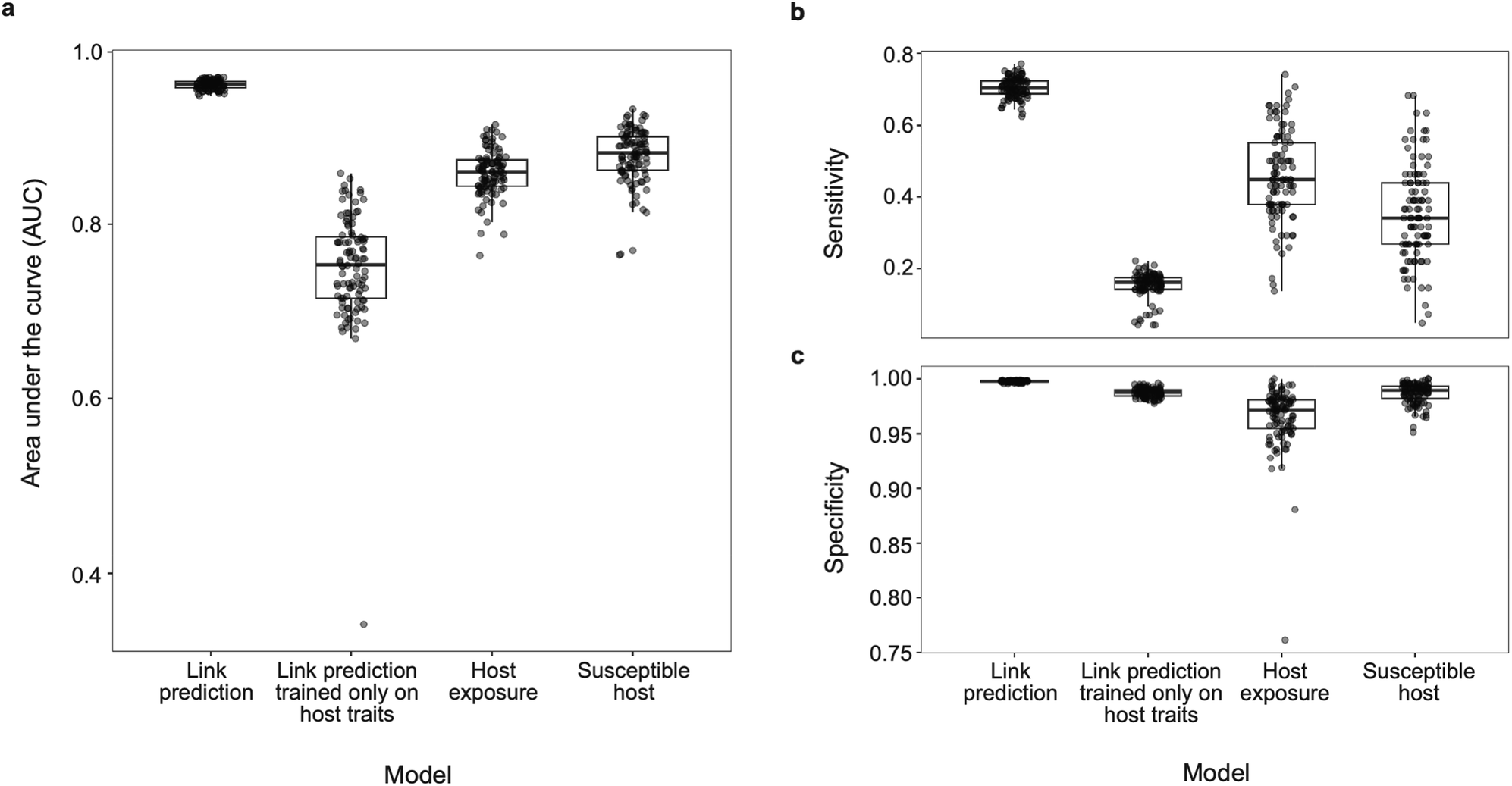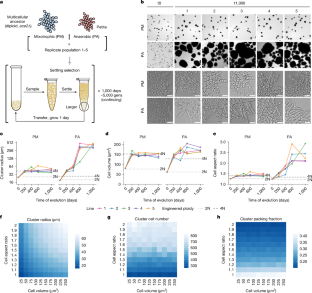2025-03-31 ワシントン州立大学 (WSU)
<関連情報>
- https://news.wsu.edu/press-release/2025/03/31/wsu-researchers-develop-machine-learning-model-to-predict-virus-reservoirs/
- https://www.nature.com/articles/s42003-025-07746-0
ウイルスゲノムの特徴からオルソポックスウイルスの保有宿主を予測 Viral genomic features predict Orthopoxvirus reservoir hosts
Katie K. Tseng,Heather Koehler,Daniel J. Becker,Rory Gibb,Colin J. Carlson,Maria del Pilar Fernandez & Stephanie N. Seifert
Communications Biology Published:26 February 2025
DOI:https://doi.org/10.1038/s42003-025-07746-0

Abstract
Orthopoxviruses (OPVs), including the causative agents of smallpox and mpox have led to devastating outbreaks in human populations worldwide. However, the discontinuation of smallpox vaccination, which also provides cross-protection against related OPVs, has diminished global immunity to OPVs more broadly. We apply machine learning models incorporating both host ecological and viral genomic features to predict likely reservoirs of OPVs. We demonstrate that incorporating viral genomic features in addition to host ecological traits enhanced the accuracy of potential OPV host predictions, highlighting the importance of host-virus molecular interactions in predicting potential host species. We identify hotspots for geographic regions rich with potential OPV hosts in parts of southeast Asia, equatorial Africa, and the Amazon, revealing high overlap between regions predicted to have a high number of potential OPV host species and those with the lowest smallpox vaccination coverage, indicating a heightened risk for the emergence or establishment of zoonotic OPVs. Our findings can be used to target wildlife surveillance, particularly related to concerns about mpox establishment beyond its historical range.


